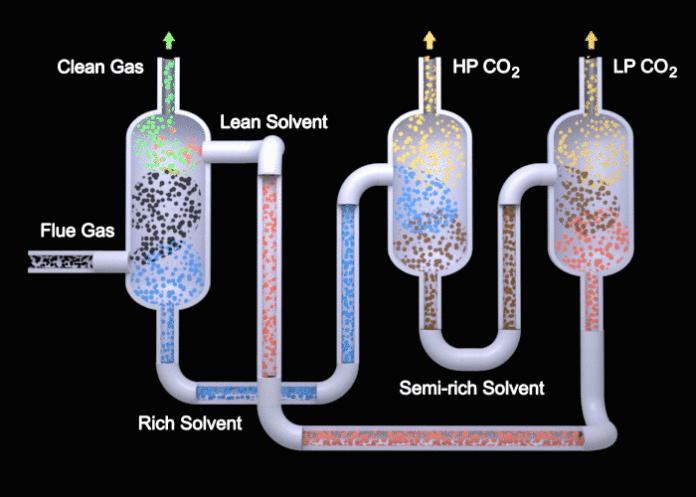Capturing carbon dioxide (CO2) is a goal in the fight to mitigate climate change. To be effective, the volume that needs to be drawn down has to be sufficient to reduce the total amount of CO2 already present in the atmosphere plus gas emissions from industrial, fossil fuel companies, energy providers, and transportation. These plus existing legacy buildings and homes are the major CO2 contributors.
There are several challenges facing us when capturing CO2.
- Current technologies that capture CO2 emissions from existing industry smokestacks are insufficient to offset the amount of new CO2 entering the atmosphere from human activity.
- Capturing CO2 is expensive for those who are emitting the gas in their operations.
- Capturing CO2 from the air, direct air capture or DAC, is also very expensive.
- There are very few carbon capture and sequestration (CCS) installations currently in operation and emitters are reluctant to build them without government subsidies.
- CCS requires stable underground storage sites and the infrastructure to transport the captured CO2 to them.
Using the CO2 captured is a fairly recent development by industrial emitters. Called carbon upcycling it can be a way to offset the capture cost. Carbon upcycling where the CO2 gets embedded permanently into cement or is used to produce carbon fibre is catching on. But they represent only a small percentage of the total emitted or captured from the atmosphere to date.
A New Cost-Effective CO2 Capture Technology
The United States Department of Energy operates the Pacific Northwest National Laboratory (PNNL) located in Richland, Washington. PNNL researchers are focused on decarbonization as one of many fields of study. Finding technologies and solutions for capturing carbon from CO2 and methane (CH4) are central to the laboratory’s work. A specific area of research is to find capture technologies that are far less expensive than anything currently available today.
PNNL believes it has found a promising solvents-based carbon capture and conversion technology that can absorb CO2 cheaply and efficiently from smokestacks. The industry calls this dirty CO2. The solvent process can be added to any existing pre or post-combustion where the CO2 stream is fairly concentrated. The process uses 17% less energy than any current commercial solutions and the cost of captured CO2 can be brought down to $38 US per ton. Compare that to the most advanced carbon capture technologies which come in at best just under $100 US per ton, and at worst as high as $500. Only natural sequestration in forests, estimated at $40 US per ton comes close.
The key to this novel PNNL-developed solution is solvents that grab CO2 molecules and convert them into methanol (CH3OH). And although methanol is often burned as a fuel which does nothing to reduce carbon emissions, it also can and is used as a base material for creating many different manufactured products.
Prior to PNNL’s developed solvents, only highly purified CO2 could be used to make methanol. Now operators of cement plants, thermal power stations, chemical refineries, steel mills, aluminum smelters, and other industries producing CO2 emissions from smokestacks can capture the gas to produce methanol at a very reasonable per ton cost. They can sell the methanol or use it for a side hustle business creating added value products like polyethylene and polyurethane, paint, adhesives, foam insulation, polyester, other textiles, car parts and even construction materials. The PNNL solvents capture 97% of the CO2 and the technology is adaptable to any of these operations where a CO2-concentrated gas stream either pre or post-combustion exists.

















[…] I wrote about the invention of solvents that capture carbon dioxide (CO2) from the air streams of chimneys at industrial sites. The novel technology could make carbon […]